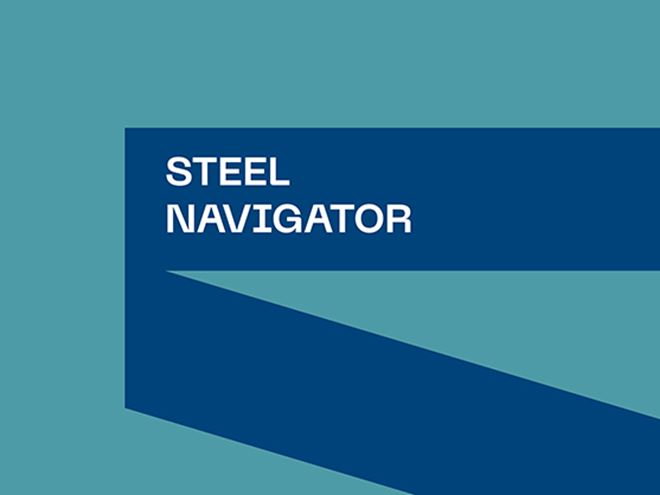At Ovako, we specialize in premium nitriding steels designed for high-performance applications across various industries. These steels are ideal for components requiring superior hardness, wear resistance, and fatigue strength, particularly in automotive and manufacturing sectors.
Advantages of Ovako’s Nitriding Steel
-
Enhanced hardness and wear resistance: Ovako nitriding steels are engineered to improve surface hardness without compromising toughness, ensuring long-lasting durability even in extreme conditions.
-
Superior fatigue strength: These steels offer outstanding fatigue resistance, making them ideal for parts subjected to repeated stress and high operational loads.
-
Versatility in applications: Suitable for a wide range of components, from automotive parts to industrial machinery, Ovako nitriding steel delivers consistent, reliable performance across numerous applications.


Why choose Nitriding Steel?
Ovako’s nitriding steels are designed with precision and innovation in mind, offering optimal mechanical properties, even in the most demanding environments. Whether you’re designing components for automotive, manufacturing, or other high-performance sectors, our nitriding steel ensures reliability and longevity.
Get in touch
Looking for the right nitriding steel for your next project? Contact Ovako today to discuss how our specialized steel grades can help meet your precise requirements. Reach out now for expert advice and tailored solutions!
|
EN-standard |
Ovako |
Typical analysis |
||||||
|
|
|
C |
Si |
Mn |
Cr |
Mo |
Ni |
Other |
|
8CrMnMo16-4* |
0.08 |
0.3 |
1.0 |
4.0 |
0.5 |
|
|
|
|
42CrMo4 |
0.42 |
0.3 |
0.7 |
1.0 |
0.2 |
|
|
|
|
18CrMo8-5* |
0.18 |
0.3 |
0.9 |
1.9 |
0.5 |
0.3 |
|
|
|
21CrMoV5-7* |
0.21 |
0.3 |
0.6 |
1.4 |
0.7 |
|
V |
|
|
30MoCrV20-7* |
0.30 |
0.2 |
0.3 |
1.7 |
1.8 |
|
V |
|
|
16CrMnNiMo9-5-2* |
0.16 |
0.1 |
1.3 |
2.2 |
0.5 |
0.5 |
V |
|
|
31CrMoV9 |
0.30 |
0.2 |
0.5 |
2.5 |
0.2 |
|
V |
|
|
48CrMoNi4-10* |
0.48 |
0.2 |
0.8 |
1.1 |
0.9 |
0.5 |
V |
|
|
32CrMoV12-10* |
0.32 |
0.2 |
0.5 |
3.0 |
1.0 |
|
V |
|
|
21CrMoV5-7* |
0.21 |
0.3 |
0.6 |
1.3 |
0.7 |
|
V |
|
|
X20NiCrAlMoV6-5-2-1* |
0.08 |
0.1 |
0.3 |
5.0 |
0.7 |
5.0 |
Al |
|
|
X20NiCrAlMoV6-5-2-1* |
0.18 |
0.1 |
0.3 |
5.0 |
0.7 |
6.0 |
Al, V |
|
|
X20NiCrAlMoV6-5-2-1* |
0.28 |
0.1 |
0.3 |
5.0 |
0.7 |
6.0 |
Al, V |
|
EN-standard designation followed by “*” is not an official EN standard grade but named according to the rules in EN 10027.

Steel Navigator - Find the right steel for your application
Steel Navigator contains a selection of useful tools such as Material Data Sheets, Machining Cost Calculator, Heat Treatment Guide, Piston Rod Predictor and more.



